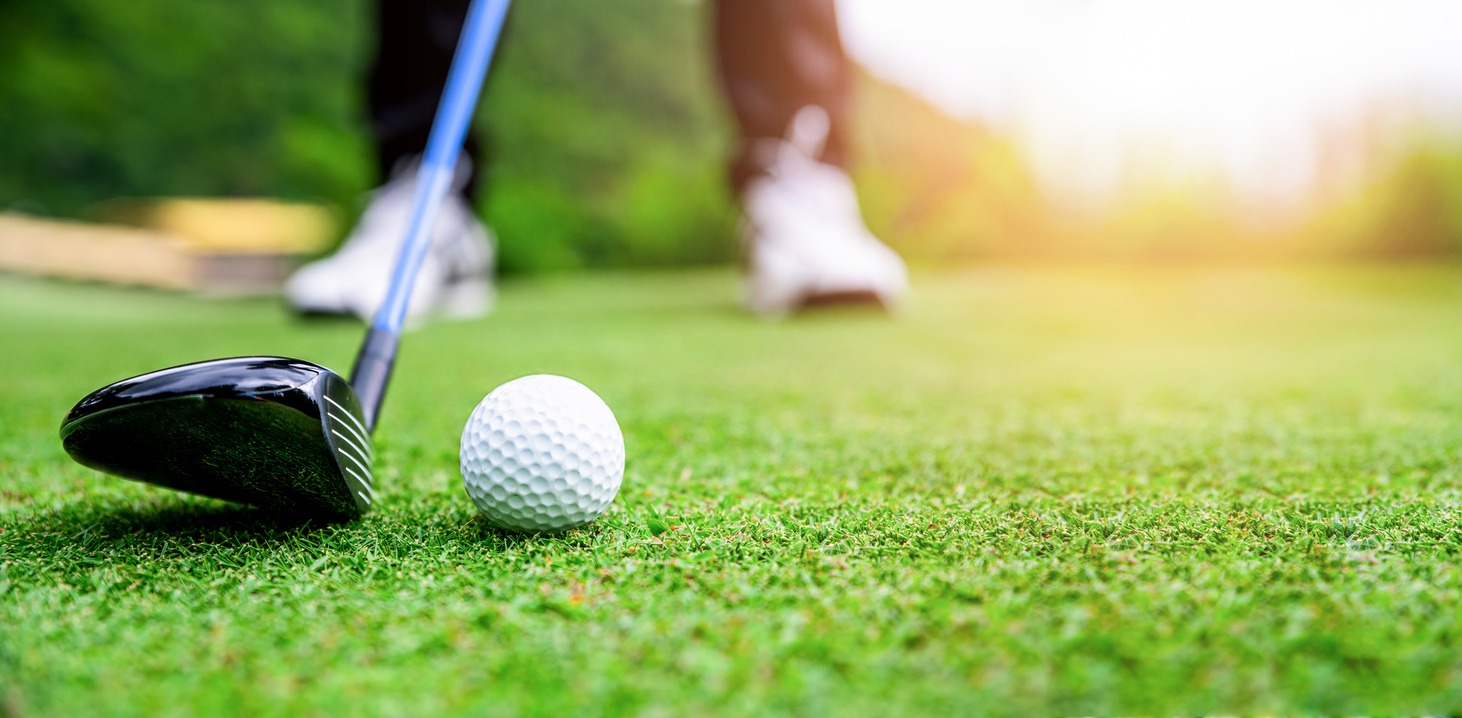In recent years, golf’s popularity has expanded, and it is continuously growing. A handful of the top golf ball producers have today introduced fresh models and large quantities of their best-selling products from the previous year to keep players satisfied on busy golf courses.
Golf is a fairly basic game at its core. A small white sphere must be propelled over a field of grass until it lands at the base of a cup that is 4.25 inches wide and 4 inches deep. But how effective and fun a round of golf turns out can be greatly influenced by the golf ball a player picks to whack around all that turf. The greatest golf balls are necessary to play at your best, as experienced players are aware.
A good golf ball should go long distances in a straight line, land softly, and roll gracefully on the greens. It is often constructed in layers, beginning with a soft rubber core and ending with a sticky, dimpled coating. Check out the list of Pro golfers’ favorite golf balls if you want to know what sorts of golf balls they use regularly.
What Makes Golf Balls Unique?
Many golfers believe that all golf balls are the same. If they come upon one made by a brand they recognize in the woods, they’ll toss it in the bag and peg it up on the next tee without hesitation. The truth is that each golf ball design is distinct.
The primary parts of a ball are its construction, compression, and cover, and only by mixing and combining each to fulfill your priorities can you have the perfect ball for your game. Golf ball manufacturers modify these elements from product to product to cater to a specific type of golfer. Here’s an outline of how each of those parameters affects the performance of your golf ball.
Golf Ball Construction
Golf ball structure varies from simple 2-piece balls to more common 3- and 4-piece balls to the extremely rare 5- and 6-piece balls. As you can see, a golf ball contains a lot more than meets the eye. Each additional layer is intended to be activated for a specific part of your game. A 2-piece ball with a simple core and cover design is terrific for distance, but not so much for short irons and in. A 3-piece golf ball, on the other hand, contains a middle layer that is activated by short irons and wedges to deliver next-level performance with your scoring clubs.
Compression – The compression of a golf ball is a measurement of how much force is required to compress it during impact. A lower compression rating indicates that less force is needed to compress the ball. As a result, low-compression balls are softer and more advantageous to players with slower swing speeds, as they may achieve perfect compression while also maximizing distance. On the negative side, it is possible to over-compress a ball, resulting in a loss of distance.
Faster-swinging golfers will not be able to take full use of their high swing speed if they use a ball that is too soft for their swing. Slower swinging players, on the other hand, are unable to achieve their optimum distance with a ball that is too firm for them. That is why it is critical to find a ball with the proper compression.
Cover – Golf ball covers are not all the same. Urethane coverings generate more spin naturally, which is why premium golf balls have some sort of urethane cover. Players that utilize urethane-covered balls use the spin to hold greens with nearly any club in their bag, shape shots, and achieve the short-game performance they require.
Professionals’ Favorite Golf Balls
Professionals have higher expectations of their golf ball than the average player. Professionals expect pinpoint distance control, constant spin, and competitive distance from their ball. Professionals use multi-layer, urethane-covered balls that respond to any manipulation they apply to the ball. The professionals require a ball that bites, releases, and twists properly.
1. The Titleist Pro V1/1x
The Titleist Pro V1 is the top contender for touring professionals all around the world. The Pro V1 or Pro V1x had won 89 events throughout the world at the start of the 2010 FedEx Cup Playoffs, while the next highest competitor had 19 wins. The Pro V1 has a big polybutadiene core and a urethane elastomer shell.
Polybutadiene is a synthetic rubber. Polybutadiene rubber is a polymer that is created by polymerizing the monomer 1,3-butadiene. Polybutadiene has strong wear resistance and is mostly utilized in the production of tires, which consumes around 70% of the total output. An additional 25% is utilized as an additive to improve toughness and impact resistance.
2. The Callaway Tour I
Golf ball manufacturers frequently make broad claims regarding the capabilities of their products. They’ll brag about how their ball will spin lees, fly farther, stop faster, travel straighter, prevent slicing, or favor a draw. With all of the space-age materials and technology poured into golf ball manufacture today, the hype has reached a fever pitch.
The ball market is rapidly developing. As golf balls have become one of the most profitable aspects of the game, more and more club makers are entering the sector. Competition is strong, and more resources are being spent on Research & development activities to offer one manufacturer an advantage over their competitors. This has resulted in a golf ball performance revolution.
Callaway, best known for its legendary drivers and irons, is now establishing itself as one of the premier golf ball manufacturers. The Tour I(s) for an enhanced spin around the greens and the Tour I(z) for reduced spin are both part of Callaway’s distinctive Tour I line. Callaway’s tour balls feature a hexagonal dimple pattern that the firm claims are more aerodynamic than competitors’, resulting in longer distance and a penetrating ball trajectory.
3. TaylorMade Penta
TaylorMade opted to create a ball to comply with the new groove rules, The Penta TP, which came in an extremely interesting marketing pack that had a pentagon-shaped box, and 5 golf balls, all with the number 5 on them. It’s tough to overlook the fact that these golf balls have five layers. Each layer is intended to assist and enhance a specific aspect of your game.
While stiffer balls like the Pro V1x and Tour I(z) have four layers, TaylorMade engineers built the Penta with five separate layers, each engineered to respond to various clubs. The softcore supports the strong launch and improved ball speed for longer distances with the driver, the second layer is meant to get long irons in the air quickly and reduce spin on these shots, and the third- and fourth-layers aid control and spin for short irons and wedges.
4. The Srixon Z-Star
The Srixon Z-Star is one of the greatest golf balls on the market and has become a well-known brand in its own right since its initial release in 2009. The 2021 version has a slightly thicker cover to aid with greenside control, as well as a fast-layer Core that is soft in the middle and harder around the edges to increase ball speed and distance while minimizing spin.
The fifth version of the Z Star is jam-packed with the superb craftsmanship we’ve come to expect from Srixon golf balls. Its technology and design have been subtly improved over previous generations, providing cutting-edge levels of sensation and control. We have no reservations in comparing this ball’s quality to that of the Titleist Pro V1.
5. Bridgestone Tour
The Tour B330, Bridgestone’s flagship tour-level golf ball, is designed for golfers with swing speeds of more than 112 mph. The four-piece design aims to reduce driver spin while remaining highly maneuverable.
The Tour B330-S, which was developed for players with driver swing speeds ranging from 103 to 115 mph, is used by several professional tour players. Bridgestone launched three tour balls in 2009: The Tour B330, B330-S, and B330-RX for players with a swing speed of less than 103 mph.
Professionals have higher expectations of their golf ball than the average player. These golf balls are valuable not only because their names are associated with the greatest golf kings. These golf balls are praised for their performance and feel, which contribute to improved distance, trajectory, and spin, among other things.


